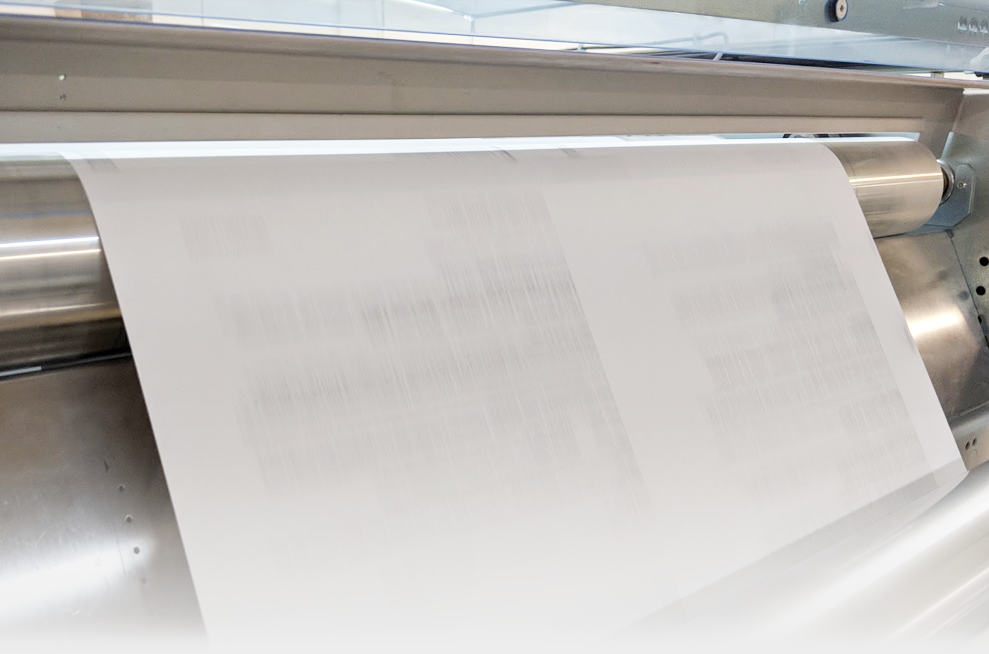Ask the Experts offers a comprehensive review of white paper factory requirements and why it can provide advantages to transactional mail printers. PCI Group’s Print Manager Eric Weinbrenner shares his knowledge on white paper factory setups, discussing the benefits of dynamic applications for print jobs.
Behind the scenes, there’s a lot that goes on for a white paper factory. “It’s a lot of technology and investment—printers, scanners, 3D barcoding, programming,” Eric said.
What really makes a white paper factory is the dynamic capabilities. That goes beyond dynamic printing for each statement or letter. Abilities for dynamic treatments to the printed piece matter, as well. “It allows for dynamic perfing, gluing, and folding. Everything has to happen on the roll. You can’t sheet feed and compete.”
Eric explained that in dynamic vs. static, static has limitations. “With static perforation, you can set the perf to a specific measurement, and it will do it on every sheet.”
Thus, if the job requires different perforations, the printer would have to make multiple different runs to accommodate this. “With dynamic, you can tell the machine where and when to perf on the fly as the pages print at 160 meters per second,” Eric added.
In some cases, a white paper factory does bundle certain jobs. However, some regulated industries require to be on single roles for security reasons. No matter the setup, the operators can control everything with technology.
“It’s the only way to go, doing everything on the fly, or you just can’t compete,” Eric said.


